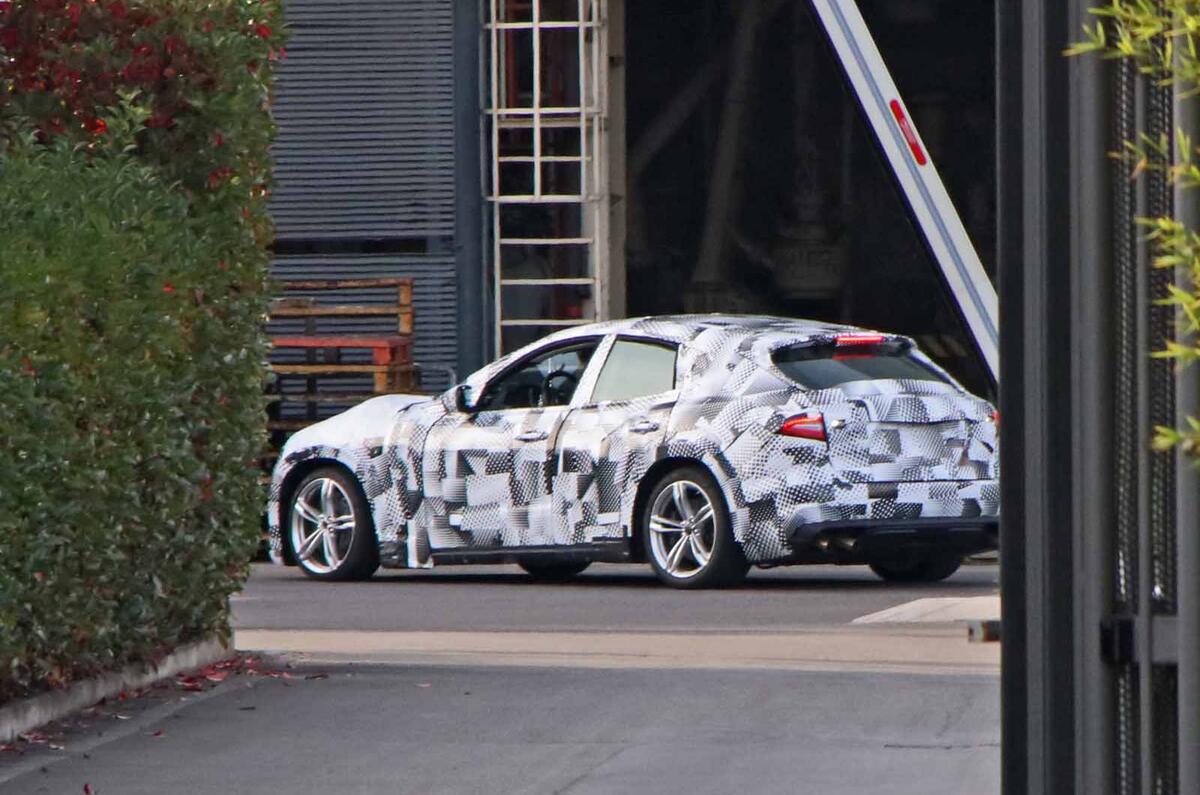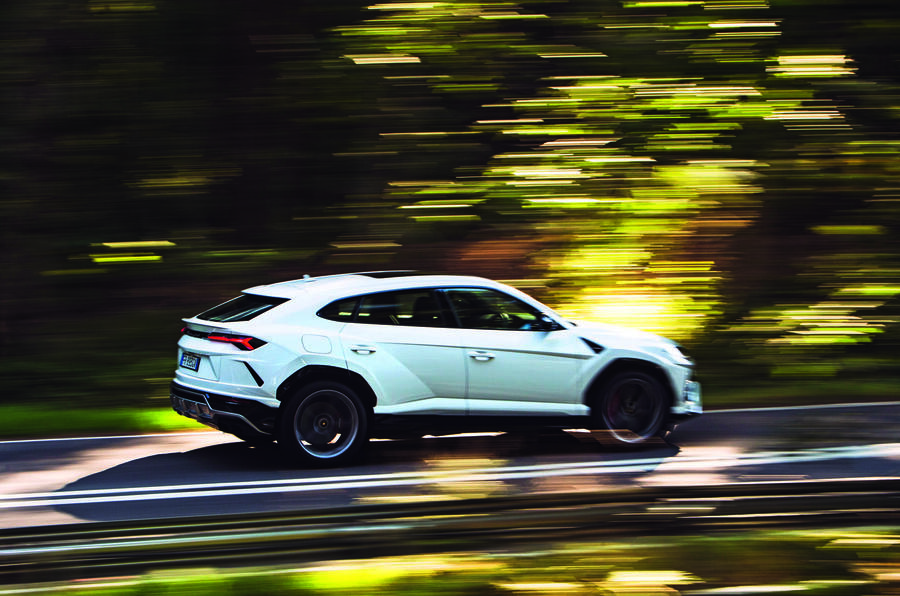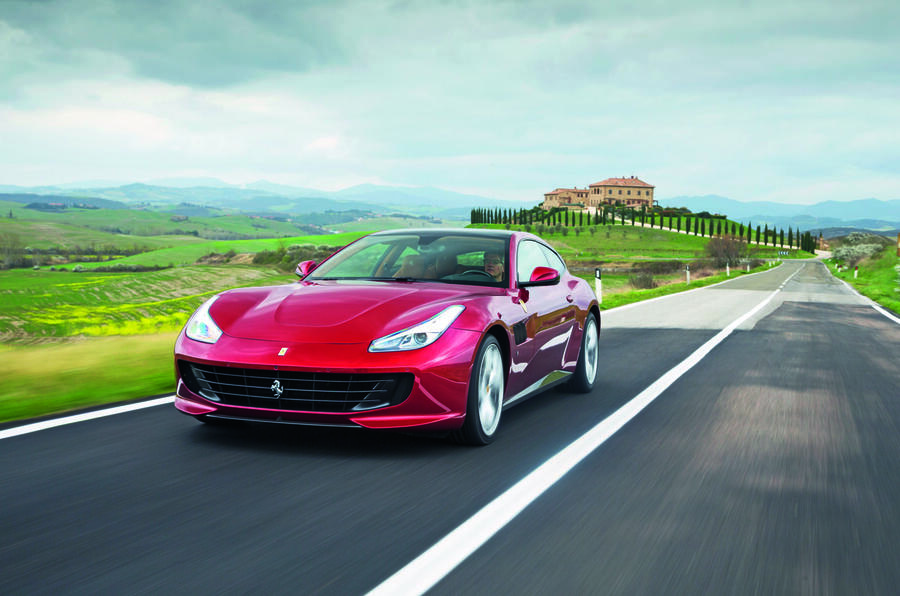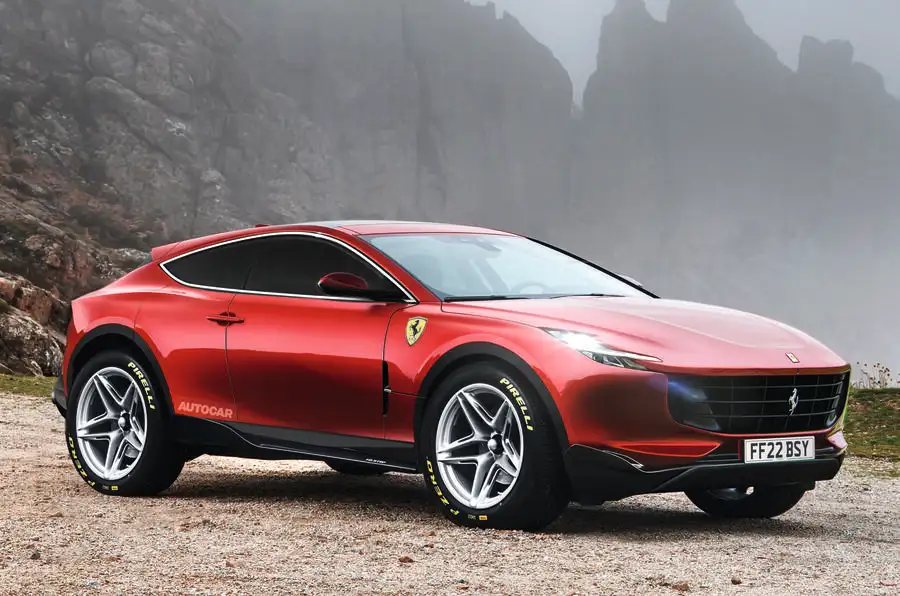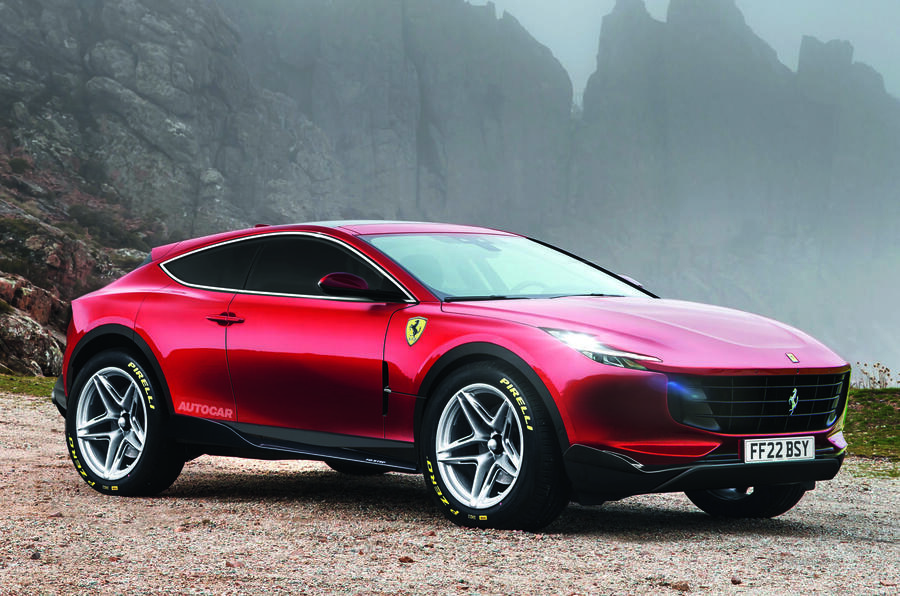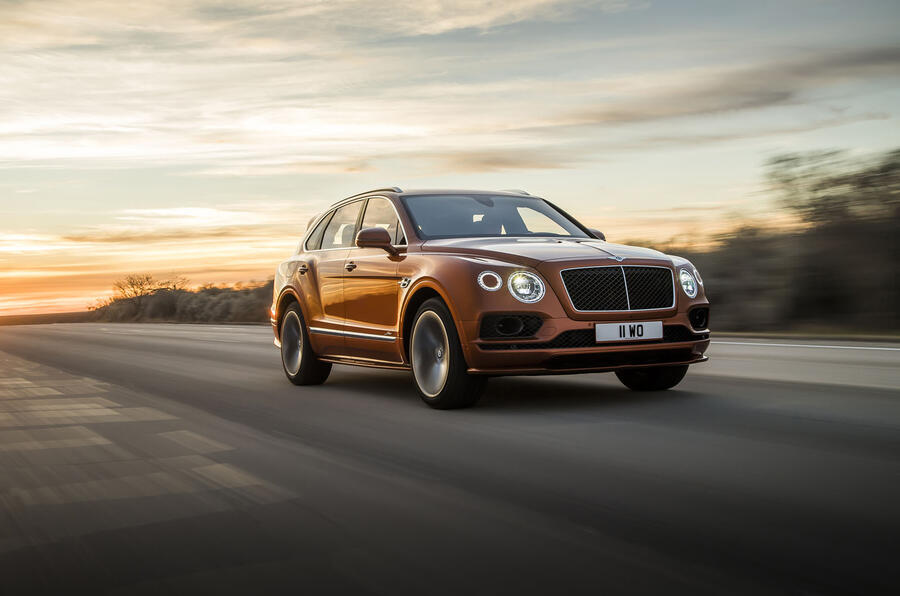Mercedes-Maybach GLS 600 4Matic 2020
Conventional wisdom suggests the world probably doesn’t really need a car like the GLS 600. But when distinguished car makers such as Roll-Royce and Bentley are busy attracting a new generation of customers with their own upper-luxury SUVs in the form of the Cullinan and Bentayga, you can’t expect Mercedes’ upmarket Maybach division to simply look on from the sidelines.
The new leather-lined model sits at the very top of the third-generation GLS line-up, providing the Maybach sub-brand with its first proper SUV, albeit one that shares a lot with its less luxurious siblings. That includes its advanced chassis, which mates the latest generation of Mercedes-Benz’s E-Active Air Matic suspension with a roll-reducing curve function in a bid to provide it with a level of ride comfort and rolling refinement to challenge the high-priced competition.
That said, Mercedes' designers have gone to some lengths to distance the GLS 600 from other GLS models, including the placement of its signature three-pointed star on the bonnet of one of its SUV models for the first time.
Other conspicuous design changes include a new chrome grille featuring vertical louvres, more prominent chrome elements within the bumpers, window surrounds and sills, standard 22in (and optional 23in) wheels, an optional two-tone exterior paint scheme in eight different colour combinations, electrically extending running boards, Maybach emblems within the D-pillars and altered tailpipes with cross ribs.
It might not boast the overall design uniqueness of the Cullinan or Bentayga, but there’s no denying the visual boldness of the latest Maybach-badged model, which stretches to 5205mm in length, 2030mm in width and 1838mm in height and uses the same 3135mm wheelbase as other GLS models.
Power for the GLS 600 comes from the same mild-hybrid drivetrain used by recently unveiled S580. It mates a twin-turbocharged 4.0-litre V8 petrol engine with a 48V starter-generator integrated into the nine-speed automatic gearbox to provide the new Maybach SUV with 549bhp and 538lb ft of torque.
The reserves are channelled to each wheel via Mercedes' 4Matic system, which operates in combination with a long list of standard driving assistant functions.
For comparison, the Cullinan’s twin-turbocharged 5.8-litre V12 petrol engine puts out 563bhp and 627lb ft and there's 600bhp and 664lb ft from the range-topping Bentayga’s twin-turbocharged 6.0-litre petrol W12.
Inside, the GLS 600 sports a heavily upgraded cabin with nappa leather upholstery, Maybach-specific digital instruments and unique dashboard trim elements.
Options in the four-seat First Class spec version driven here include a pair of reclining rear seats with a massage function and a fixed rear centre console with folding tables and a refrigerator, a set-up that can be further enhanced with a panoramic glass roof.
You cane see/ Brabus 800 GT 63 S
A specially developed cargo blind and sound-deadening material within the bodyshell have also been added at the rear to dampen road noise.
What's it like Mercedes-Maybach GLS 600 4Matic 2020?
Although Mercedes-Benz has reworked its big US-produced SUV to make it more luxurious and provide it with more traditional limousine-like Maybach qualities, there is no escaping the dynamic links to lesser GLS models.
The new mild-hybrid drivetrain of the GLS 600 is exceptionally smooth and revs freely up to its relatively conservative 6200rpm cutout, providing as much power as you could ever possibly wish for in a 2785kg SUV on public roads, as its 0-62mph time of 4.9sec implies. There’s a true urgency to the delivery, which is very linear in character.
The nine-speed automatic gearbox deploys the combined torque of the V8 petrol engine and electric motor fluently at any speed. A toggle switch on the centre console allows the driver to scroll between driving modes, although despite a dedicated Sport mode, it's Comfort where it always feels at its best.
There is quite a defined woffle to the exhaust, which is not quite as subdued as recent Maybach saloon models. Otherwise, the refinement is superb. There’s excellent isolation of engine vibration through the body structure and any wind noise emanating from the sizeable door mirrors at speed is always well suppressed by the double-glazed side windows.
With outstanding traction from the four-wheel drive system and advanced suspension that, in the top-of-the-line form fitted to our test car, mates three-chamber air springs with a tilt function that leans the big Maybach SUV into corners to reduce lateral forces, it also delivers on the handling front.
The speed-sensitive steering is quite light and lacks feedback but it is very precise and smooth in its action. Depending on the mode you choose, the fast-acting suspension ensures body roll remains well in check on even quick changes of direction, allowing the GLS 600 to corner in quite a determined fashion, with strong grip when pushed hard.
Dial up the curve mode and the new Maybach gently tilts in to corners in an action similar to that of a motorcycle rider, giving the car an engagingly fluid feel over winding roads despite its large dimensions and comparatively high centre of gravity. It’s no sports car, granted, but the cornering speeds generated by the GLS 600 are very impressive indeed.
Its biggest achievement, though, is the ability of its suspension to absorb severe bumps with outstanding control and compliance, even on the 22in wheels of our test car.
All this gives Mercedes' flagship SUV outstanding long-distance cruising qualities, where its inherent calm and poise help to provide its occupants with a level of well-being unmatched by any existing GLS model.
Should I buy one Mercedes-Maybach GLS 600 4Matic 2020?
The GLS 600 has been given impressive credentials in the form of solid performance, handling prowess that belies its size and weight, an outstandingly smooth and cosseting ride, exceptional refinement and a spacious and luxurious interior that, while not to everyone’s taste, is big on comfort and calmness.
Despite Mercedes' best design efforts, though, the big Maybach SUV is too closely related to the standard GLS, both externally and internally, to be considered a stand-alone model in its own right.
At £167,735 – over £90,000 more than the GLS 400d for those doing the sums – you’d be forgiven for expecting more individuality and, frankly, something with the uniqueness of the Cullinan and Bentayga.
You cane see/ Porsche 911 GT3 RS MR 2020 UK review
Technical specs Mercedes-Maybach GLS 600 4Matic 2020
- Model tested: Mercedes-Maybach GLS 600 First Class 4Matic
- Price: £167,735
- Engine: V8, 3982cc, twin-turbocharged, petrol
- Transmission: 9-spd automatic
- Power : 549bhp at 5500rpm
- Torque : 538lb ft at 1200rpm
- Driveline layout : Front engine, all-wheel drive
- 0-62mph : 4.9sec
- Top speed : 155mph
- Kerb weight (DIN) : 2785kg
- Fuel economy : 21.4mpg
- CO2 : 304g/km
- BIK tax band : 37%























